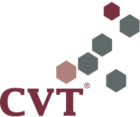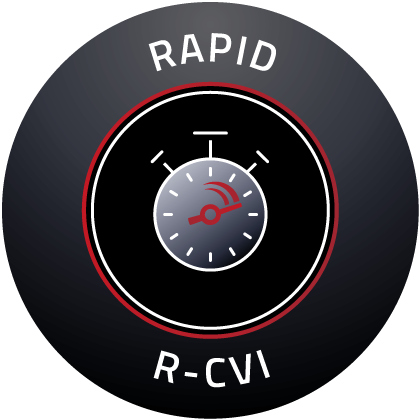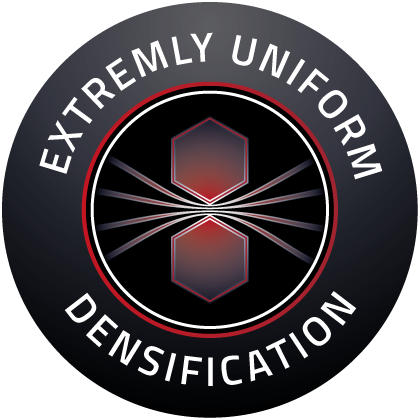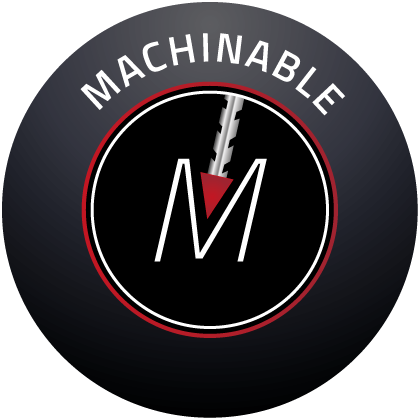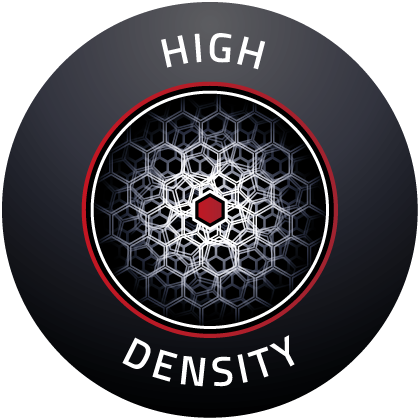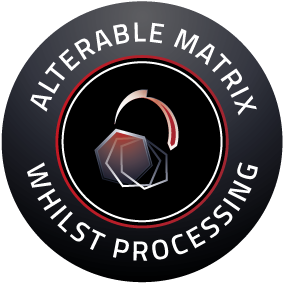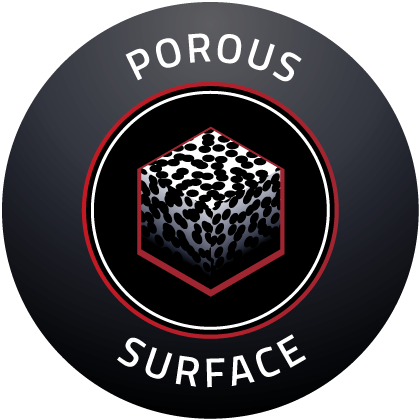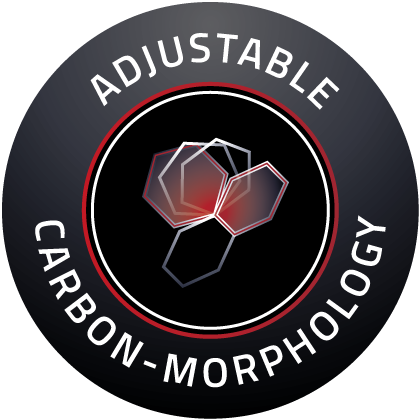Rapid Chemical Vapor Infiltration (r-CVI) the world’s fastest process for the manufacture of CFC components
CVT have invented the world’s fastest Chemical Vapour Infiltration (CVI) process. This patented r-CVI process makes it possible to compact carbon fibre preforms in only a few days. The strength of this process is its speed, and thus cost-efficiency. The process is ideal not only for prototype development and sample production of C/C products, but also for mass production.
We are able to optimise the morphology of the carbon to the matrix and so adapt the material for customers’ specific applications. Our recognised technology is already used by leading companies in the high performance industry today.
Denser, tougher, more efficient: the properties of CVT’s carbon components
The quality assurance processes, years of experience and the commitment to developing improved solutions, tailored individually to our customers’ needs guarantee high-quality products which meet the extreme requirements of our customers.
RAPID (R-CVI)
Our patented r-CVI process makes it possible to obtain the desired products within a very short time. It is currently the fastest method worldwide of manufacturing products using the Chemical Vapour Infiltration. This makes it possible for us to offer our customers correspondingly attractive prices, both for prototypes and in mass production
POROUS SURFACE
Depending on the planned application, there are different requirements regarding the surface of the product - the aim is to achieve either a smooth or a porous surface. Since with the r-CVI process the compaction of the porous material takes place from the inside outwards, it is possible to create an open porosity on the surface. This helps with the mechanical keying of coatings or surfaces to allow bonding to the surface.
